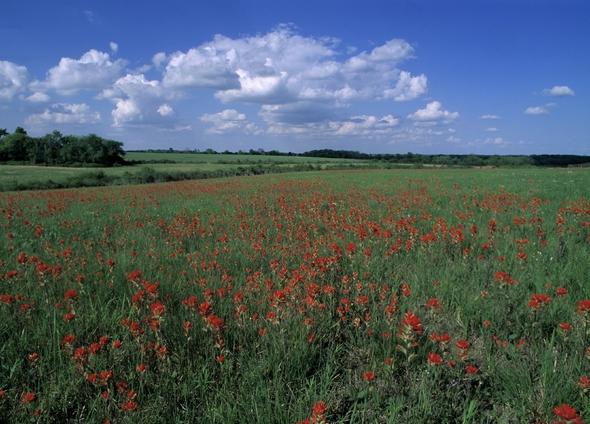
Xplor reconnects kids to nature and helps them find adventure in their own backyard. Free to residents of Missouri.


































Stay in Touch with MDC news, newsletters, events, and manage your subscription

Xplor reconnects kids to nature and helps them find adventure in their own backyard. Free to residents of Missouri.

A monthly publication about conservation in Missouri. Started in 1938, the printed magazine is free to residents of Missouri.


Normal 0 false false false EN-US X-NONE X-NONE /* Style Definitions */ table.MsoNormalTable {mso-style-name:"Table Normal"; mso-tstyle-rowband-size:0; mso-tstyle-colband-size:0; mso-style-noshow:yes; mso-style-priority:99; mso-style-parent:""; mso-padding-alt:0in 5.4pt 0in 5.4pt; mso-para-margin:0in; mso-para-margin-bottom:.0001pt; mso-pagination:widow-orphan; font-size:10.0pt; font-family:"Times New Roman","serif";}
Nevada, Mo. -- Normal 0 false false false EN-US X-NONE X-NONE MicrosoftInternetExplorer4 /* Style Definitions */ table.MsoNormalTable {mso-style-name:"Table Normal"; mso-tstyle-rowband-size:0; mso-tstyle-colband-size:0; mso-style-noshow:yes; mso-style-priority:99; mso-style-parent:""; mso-padding-alt:0in 5.4pt 0in 5.4pt; mso-para-margin:0in; mso-para-margin-bottom:.0001pt; mso-pagination:widow-orphan; font-size:10.0pt; font-family:"Times New Roman","serif";} The Missouri Department of Conservation (MDC) wants to know what Missourians think about its nearly 1,000 conservation areas around the state. MDC is in the multi-year process of updating management plans for conservation areas and invites public comments. A draft plan for several conservation lands devoted to prairie ecosystems in west central Missouri will be available for public comment June 1 through June 30. To preview draft management plans and share comments online, visit www.mdc.mo.gov/areaplans.
Management plans for seven conservation areas with a focus on tall grass prairie plants and wildlife are open for comment. They include: Taberville Prairie, St. Clair County; Wah’Kon-Tah Prairie, St. Clair and Cedar counties; Monegaw Prairie, Cedar County; Gay Feather, Bristow, Osage Prairie and Little Osage Prairie in Vernon County.
Wah’Kon-Tah is owned by MDC and The Nature Conservancy and managed by MDC under an agreement. Gayfeather Prairie is jointly owned by MDC and the Missouri Prairie Foundation.
A variety of hunting, hiking and photography opportunities are available on the areas. Some rare or uncommon species that may be found include Mead's milkweed, prairie mole crickets, regal fritillary butterflies, northern crawfish frog, slender glass lizard, grasshopper sparrow, loggerhead shrike and northern harrier. Taberville and Wah’Kon-Tah prairies are at the center of preservation and restoration efforts for greater prairie chickens, which are endangered in Missouri.
Statewide, MDC conservation areas cover almost one million public acres for the purpose of restoring and conserving forest, fish and wildlife resources, and for providing opportunities for all citizens to use, enjoy and learn about these resources. Most Missourians are within a 30-minute drive of an MDC conservation area.
“Missourians care about conservation and use conservation areas for many different reasons,” said MDC Director Bob Ziehmer. “These areas help people discover nature through various activities, and help make Missouri a great place to hunt, fish, and enjoy other outdoor activities. We want to know how conservation areas are important to Missourians. Encouraging public comments on Conservation Area Management Plans is part of MDC’s ongoing efforts of working for and with Missourians to sustain healthy forests, fish and wildlife.”
Conservation Area Management Plans focus on natural resource management and public use on conservation areas. The plans do not address regulations on hunting, fishing and other area uses, which are set by the Conservation Commission and enforced under the Wildlife Code of Missouri. MDC will consider all ideas received and will work to balance the issues and interests identified with the responsibility of managing areas for the present and future benefits to forest, fish, wildlife, and people. Decisions on which ideas to incorporate into area plans and on how to best incorporate them will be based on the property’s purpose, its physical and biological conditions and capabilities, the best roles of the property in its local, regional and state-wide context, and on the professional expertise of MDC staff.